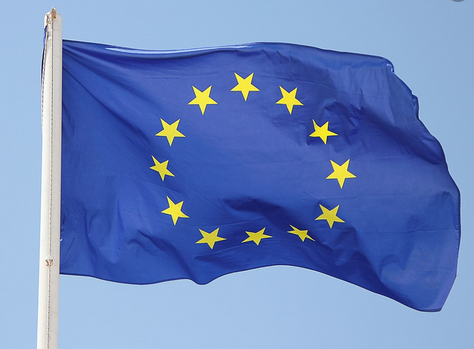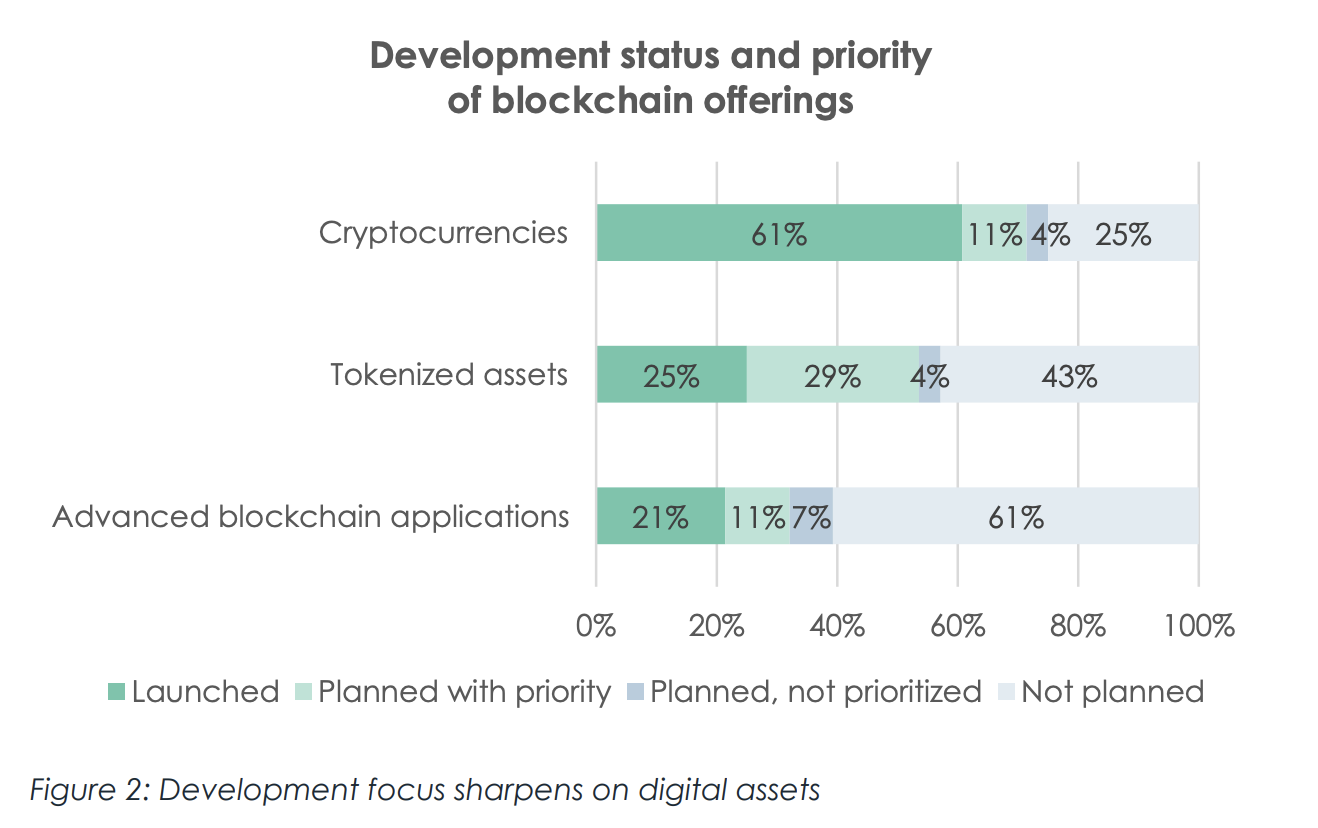- The dollar is stabilizing; reports suggest the White House is developing a plan to reopen the US economy sooner rather than later
- Both Hong Kong and Singapore just tightened restrictions on gathering and movement
- FOMC minutes for the March 15 decision will be released today
- No united action came out of yesterday’s EU finance minister conference call; we suspect the lack of any progress on a package was why the ECB yesterday began accepting Greek bonds
- Poland is expected to keep policy steady; yesterday, Hungary started asset purchases in an emergency meeting
- S&P downgraded the outlook on Australia’s AA rating from stable to negative; RBNZ Assistant Governor Hawkesby noted the bank is ‘very open’ to expand the QE program

The dollar is broadly firmer against the majors as European finance ministers failed to deliver any rescue package. Sterling and Aussie are outperforming, while Stockie and euro are underperforming. EM currencies are broadly weaker. ZAR and PHP are outperforming, while INR and IDR are underperforming. MSCI Asia Pacific was up 0.2% on the day, with the Nikkei rising 2.1%. MSCI EM is down 0.6% so far today, with the Shanghai Composite falling 0.2%. Euro Stoxx 600 is down 1.1% near midday, while US futures are pointing to a higher open. 10-year UST yields are up 2 bp at 0.74%, while the 3-month to 10-year spread is up 6 bp to stand at +60 bp. Commodity prices are mostly higher, with Brent oil up 0.7%, copper down 0.9%, and gold up 0.2%.
Many governments around the world – notably Italy, Austria and the US – are considering easing restrictions on movement. France, on the other hand, has tightened up restraints and is now banning daytime outdoor exercise in Paris. Italy reported the smallest number of new infections in almost a month, but Germany saw the largest number in three days. Also of note, Trump is threatening to withhold funding for the WHO, which he things mishandled the crisis and is too “China-centric.”
The dollar is stabilizing. DXY has clawed back some of yesterday’s losses, using support just below the 100 area as a springboard. The euro ran out of steam near $1.09 and is trading heavy. Same goes for sterling after stalling around the $1.24 area. USD/JPY is trading just below 109 after it failed to make a decisive break above this week.
AMERICAS
Reports suggest the White House is developing a plan to reopen the US economy sooner rather than later. Details remain sketchy but the plan would somehow involve loosening restrictions in areas that haven’t been hit hard whilst maintaining limits on so-called hot spots like New York and Detroit. The plan would rely on rapid and extensive testing to identify and isolate any potential outbreaks, allowing non-infected to go back to work and school. NEC head Kudlow said it might begin within the next 4-8 weeks, while another official said it could be within 30 days.
Both Hong Kong and Singapore just tightened restrictions on gathering and movement. Singapore is considered one of the success stories in controlling the viral spread by the use of extensive testing and quarantining, and yet infections are now rising sharply and the government was compelled to lock down the economy this past weekend. If Singapore can’t avoid a shutdown as a small, tightly controlled city-state, what hope does the sprawling US have to succeed? We will be putting out a piece later today that focuses on Singapore’s experiences with the virus. From what we can tell, it will be very difficult for the US and Europe to reopen their economies anytime soon without leading to another surge in infections.
FOMC minutes for the March 15 decision will be released today. At that meeting, the Fed expanded its QE program and left it open-ended. As such, the minutes are likely to reflect a very dovish stance on policy going forward. We have no doubt that the Fed will continue to address stresses that appear in various areas of the financial markets. For a more updated Fed view, Powell and Daly will give virtual appearances tomorrow while Mester is scheduled to hold a virtual forum on the US economy and the coronavirus Friday.
Canada reports March housing starts and February building permits today. The March Ivey PMI reported yesterday is just the warm-up for Friday’s jobs report. The 26.0 headline reading vs. 54.1 in February was a record low, with employment component at 26.8 vs. 54.7 in February. Consensus for Friday is -500k jobs, which is equivalent to a -5 mln reading for the US. Given what we’ve seen in the US data, there are clear upside risks to Canada’s job losses. That said, the Loonie stands to be one of the best performers when things normalize. Please see our recent piece “Medium-Term Trade Ideas” that identifies our top 3 major and top 3 EM currencies that we expect to outperform on the other side of the crisis.
EUROPE/MIDDLE EAST/AFRICA
No united action came out of yesterday’s EU finance minister conference call. It’s unfortunate, but not that surprising as European institutions are not known for their haste or cohesiveness. The main area of disagreement remains the issuance of joint debt to help fund the fiscal efforts, or so-called corona bonds. Reports suggest that there are instead three alternatives on the table, none of which are anything close to the bazooka that’s needed: (1) using the region’s bailout fund (ESM) for credit lines; (2) a pan-European Guarantee Fund with some €200 bln available for companies; and (3) a €100 bln employment reinsurance scheme. The lack of agreement on an aggressive plan has led to some widening of periphery spreads, especially in Italy (+10 bps in the 10yr and +14 bps in the 2yr).
We suspect the lack of any progress on a package was the reason why the ECB yesterday eased collateral rules and began accepting Greek bonds. If the countries cannot agree on an aggressive crisis plan, the peripheral countries are likely to come under more pressure. Both the ECB and eurozone policymakers continue to think small. This sort of tinkering is quite different than the tinkering that the Fed has been doing. The Fed has been acting aggressively to address market dislocations whenever they appear, and to complement aggressive fiscal policy. The ECB is just fiddling around while the politicians squabble.
National Bank of Poland is expected to keep rates steady at 1.0%. A handful of analysts look for a cut, however. After the 50 bp emergency cut March 17, the central bank seems split on the need for further easing. It has already started asset purchases and we suspect that program will eventually be expanded.
Yesterday, the National Bank of Hungary started asset purchases in an emergency meeting. Government bonds will be purchased on the secondary market, while mortgage bonds will be purchased on both the primary and secondary markets. However, it also introduced some modest tightening to help support the forint by raising the overnight and 1-week collateralized loan rates to 1.85% from 0.90% previously. It will also set the rates on 1-week deposits at the weekly tenders. Hungary reports March CPI today and is expected to rise 3.6% y/y vs. 4.4% in February. If so, inflation would be the lowest since November and back within the 2-4% target range.
ASIA
S&P downgraded the outlook on Australia’s AA rating from stable to negative. The agency noted the extent of the stimulus putting at risk the country’s fiscal prospects. Domestic bank’s credit outlooks were also cut to AA negative, following yesterday’s move from Fitch. We are writing a longer piece about the likely ratings implications of this unprecedented fiscal stimulus across all countries. After testing the .6200 level yesterday, AUD sold off to a 0.6115 low this morning as the downgrade has led the recent momentum to fade. That said, today’s iron ore price action in Dalian has been solid, rising above the 100-day moving average near CNY576.80 and testing the gap from Mar 26-27 between CNY583-593. Follow-through would provide further support to the Aussie.
RBNZ Assistant Governor Hawkesby noted the bank is ‘very open’ to expand the QE program to local government debt and are also considering other assets. He added that the situation is “rapidly evolving” and stressed that the bank will make adjustments as needed. Measures of business confidence continued to crater (-73.1 for April), though Prime Minister Ardern did ask businesses to prepare for lower alert levels, as authorities continue to respond well to the crisis and “crush the curve.” Both NZD and yields dipped on the headlines and the Australia downgrade compounded matters, as markets gauge the potential for ratings agencies to turn their focus on New Zealand next. AUD/NZD was testing resistance at the 55-day moving average near 1.0339, but with AUD leading declines, the pressure on the pair has seen it slide back below 1.03 figure.
Full story here Are you the author? Previous post See more for Next postTags: Articles,Daily News,newsletter













